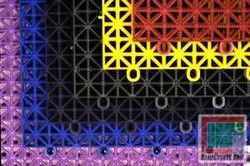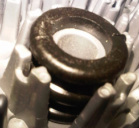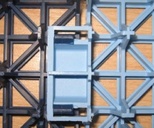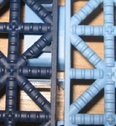Not All Sports Tile are Equal

There are several sports tile manufacturers in the USA and everybody's products are slightly different. Some use a 10" mold, some 25cm, and some use a 12" square. There are also differences in tile thickness, ranging from 3/8th to 3/4 of an inch. The basic injection molding process is the same and we're all using similar types of plastic, but the actual tile designs can vary significantly.
Is a smooth tile better than a textured tile? The argument is that a smooth tile won't abrade the skin when you fall. The tricky part of the answer though, is that as texture decreases, your likelihood of slipping and falling increases. Plastic, particularly when there's moisture present, can be slippery, and the difficulty in providing traction without texture only makes the problem worse. So while a textured surface makes for a little rougher landing, the number of times you'll fall increase when the surface is smoother. Interlocking tile absorb roughly half of the energy from falling, so falls on even a textured tile are dramatically less damaging than a fall on a sidewalk or driveway.
Is a smooth tile better than a textured tile? The argument is that a smooth tile won't abrade the skin when you fall. The tricky part of the answer though, is that as texture decreases, your likelihood of slipping and falling increases. Plastic, particularly when there's moisture present, can be slippery, and the difficulty in providing traction without texture only makes the problem worse. So while a textured surface makes for a little rougher landing, the number of times you'll fall increase when the surface is smoother. Interlocking tile absorb roughly half of the energy from falling, so falls on even a textured tile are dramatically less damaging than a fall on a sidewalk or driveway.



